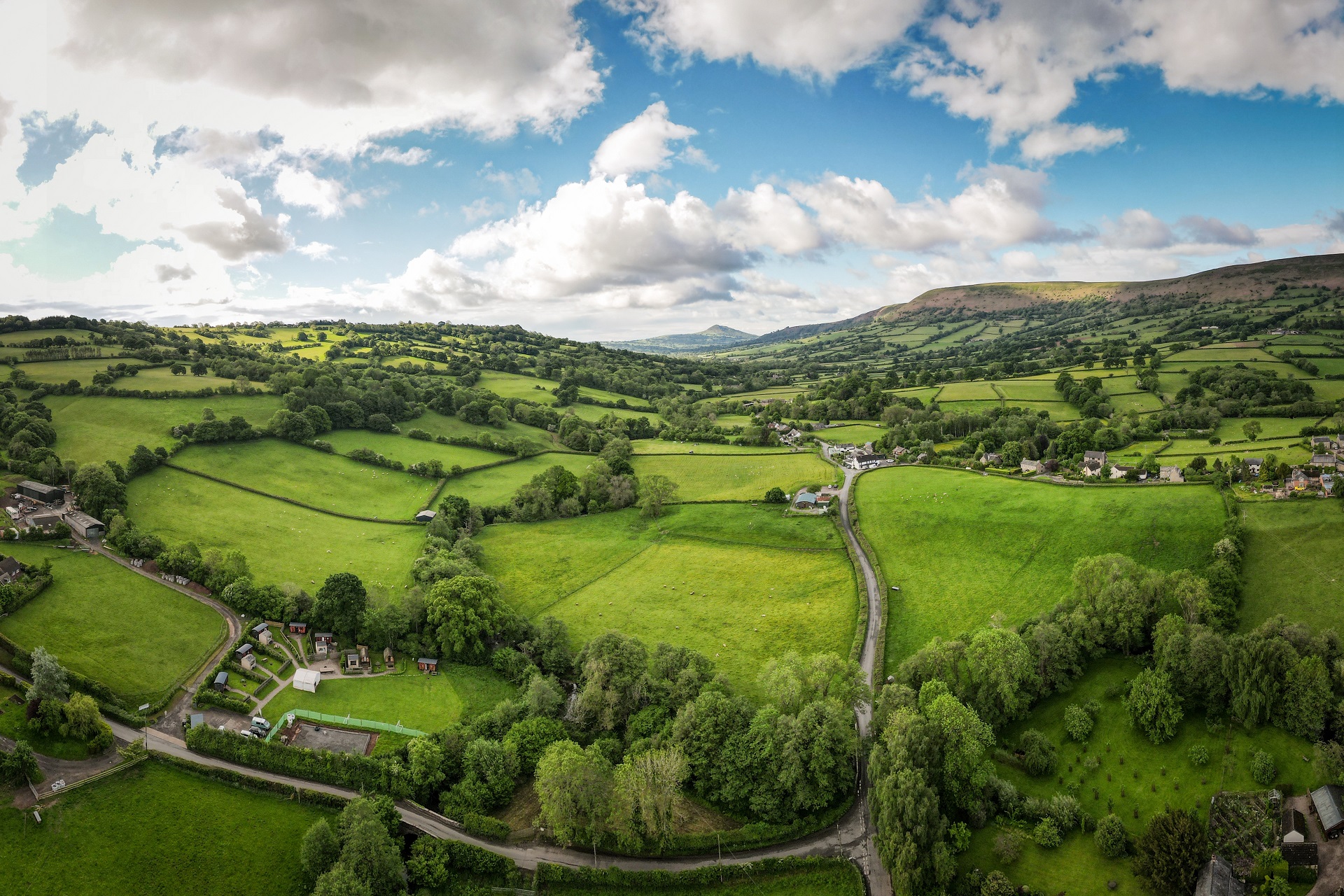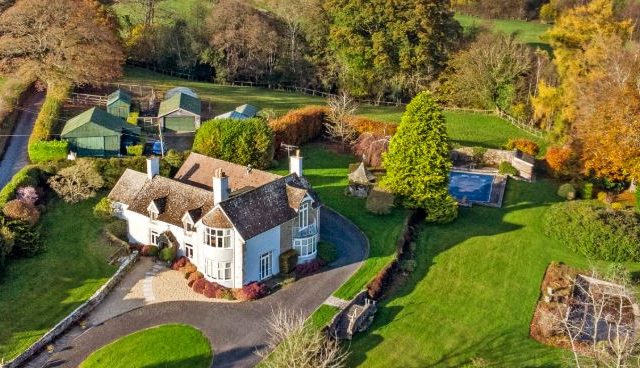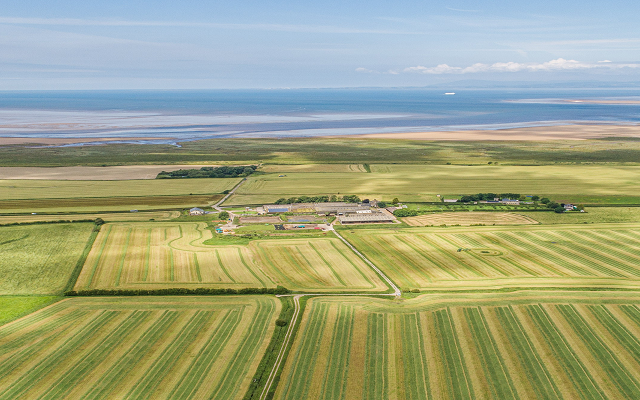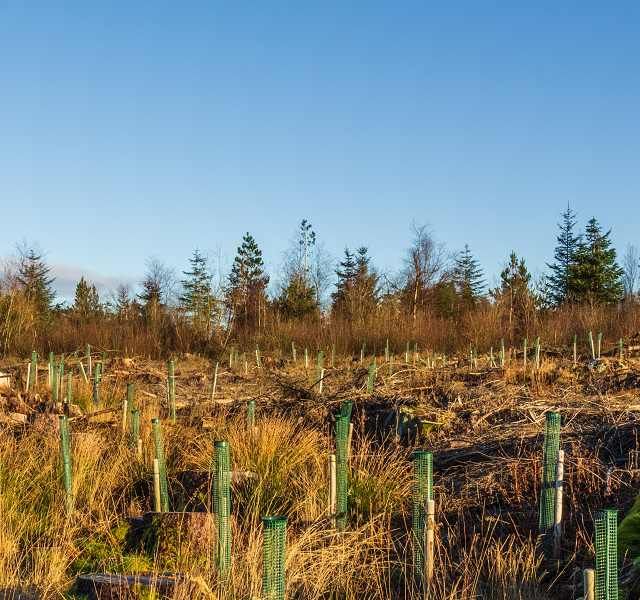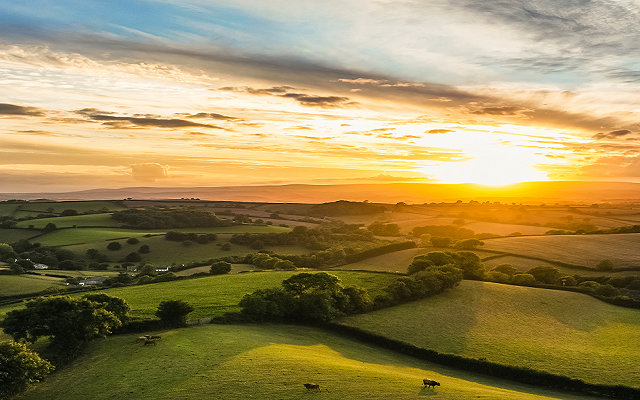Q & A on the agricultural land market
What’s the sentiment in the farmland market in England?
The farmland market is more dynamic than it has been for many years, with prices rising as demand outstrips supply. Average arable prices in England rose to £9,800/acre by the end of Q3 2022 – the highest they have been since 2015 – with more than half selling for more than £10,000/acre.
How about in Scotland?
The picture in Scotland is even more dramatic, where values have been rising at an even faster rate to reach record-breaking levels. Strutt & Parker’s most recent Estate Market Review showed that investment in Scottish estates more than doubled in 2021 and the average price of estates sold increased by 87%.
What’s driving demand and the consequent rise in prices being paid?
Unprecedented levels of interest, coupled with tight supplies. In Scotland, two key factors are driving the market for estates. The first is lifestyle changes caused by Covid-19 which has resulted in a rise in demand for residential property. The second – and more significant factor – is climate change and the international commitment to attain net-zero greenhouse gas emissions which has resulted in a massive increase in demand for large upland estates suitable for carbon sequestration.
It’s a similar picture in England, where green investors are starting to enter the marketplace wanting to buy land to manage it for conservation purposes. They are joining a market where there is already strong competition. This is coming from farmers, people buying land for privacy and amenity reasons, and non-farming investors who see land as a tangible asset in which to store their wealth.
At times of economic uncertainty there tends to be renewed interest in rural assets, be that farmland or forestry.
To what extent are farmers buying land?
While the phenomenon of new non-farming investors in the marketplace is attracting the headlines, farmers continue to account for the majority of farmland transactions in both England and Scotland. This is despite experiencing reductions in their support payments (in England), supply chain disruption and massive increases in costs. This part of the market is somewhat underpinned by farmers with rollover money to invest, although there will always be buyers wanting to grab a ‘once-in-a-generation’ opportunity to buy a particular farm or block of land next to their existing holding.
Anything else interesting happening in the market?
We are seeing increased demand for land for vineyards. Our specialist viticulture team is getting two or three enquiries a week from UK and foreign buyers, compared to one a month in previous years. Only a small proportion of the land which comes to the open market each year is suitable for planting with vines, so most vineyard land is purchased privately and attracts a premium. Ground suitable for vineyard planting can sell for £15,000-25,000/acre. Established vineyards command prices of £30,000-35,000/planted acre.
What’s the outlook for the coming year?
There are no signs of demand dropping – even in England where Basic Payments continue to fall. As noted previously, during periods of economic turmoil, there tends to be a flight to land because investors see it as a safe haven and a hedge against inflation. The value of agricultural land has seen impressive growth over recent decades. Analysis shows the value of arable farmland has risen by 33% over the past 10 years and by 298% over the last 20 years, outperforming all other real estate asset classes and the FTSE100. The new interest in the role that land can play in reducing the impact of the climate and biodiversity crises should further support its capital value and the income it generates in the medium to long term.
To discuss the land market in England contact Matthew Sudlow or in Scotland Robert McCulloch. This article first appeared in our latest issue of Land Business. For more download the Autumn 22 edition of Land Business.
